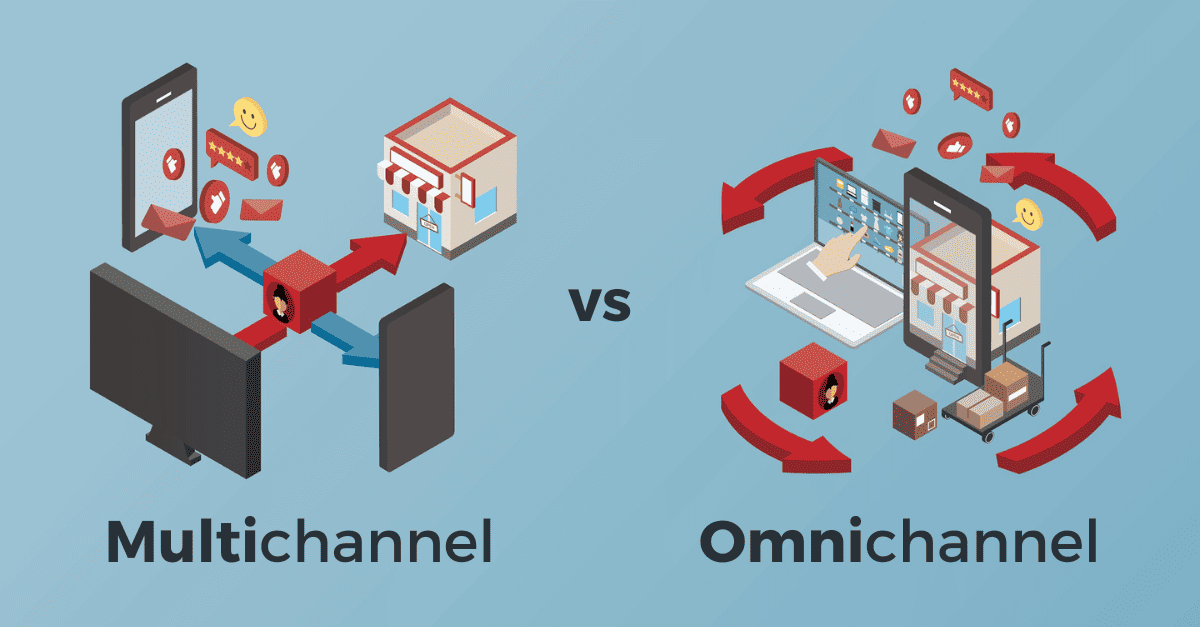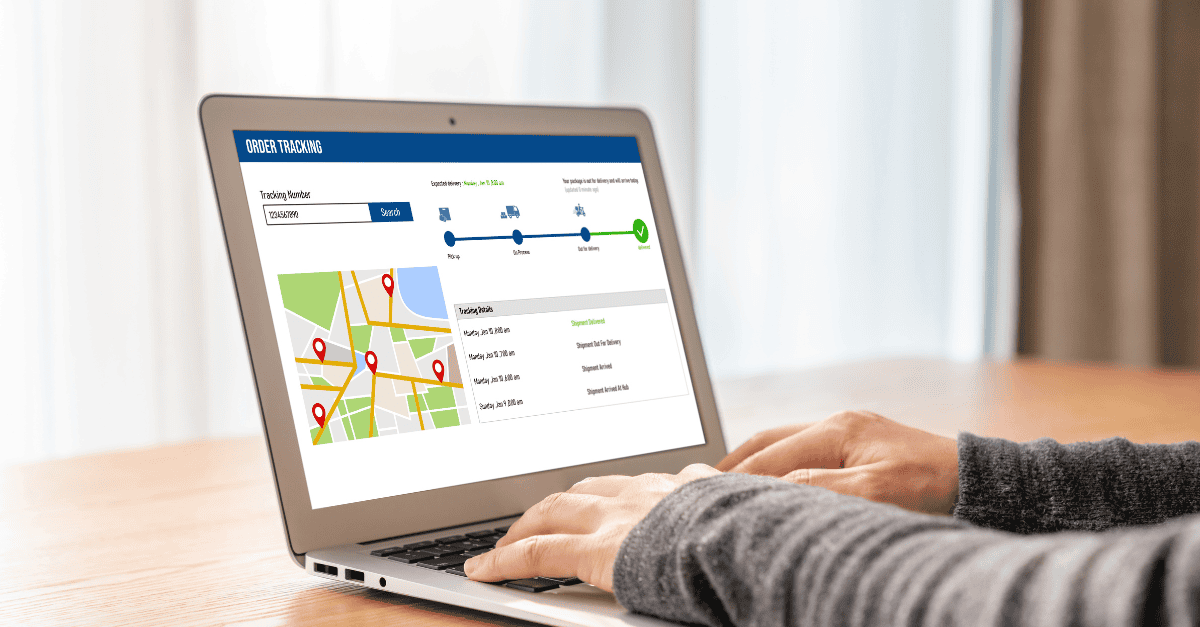
Omnichannel vs. multichannel software: what are the key differences?
How many times a week do you hear the words omnichannel and multichannel? If you work in retail, you’ll hear them a lot. Sometimes they’re even used interchangeably.
But when it comes to choosing software, omnichannel and multichannel don’t equate to the same thing. In fact, they make a big difference.
Take order management software as an example. A retail OMS automates order fulfilment, distribution and returns. However, the capabilities of an omnichannel order management system can differ greatly from a multichannel OMS – and you need to choose the best-fit software for your company’s needs.
How is multichannel retail different to omnichannel retail?
There are nuances between omnichannel and multichannel operations that influence the capabilities of retail software.
Multichannel retail tends to be product-focused. A multichannel retailer will sell products in several ways – online through owned ecommerce platforms, third-party marketplaces and social storefronts, and offline in owned stores, pop-ups and concessions – but, operationally, each channel is siloed.
Omnichannel retail is more customer-focused. Digital and physical channels are fully integrated to create seamless shopper experiences. An omnichannel retailer offers cross-channel services like click & collect and online inventory look-up in-store. An omnichannel retail experience centres around giving customers what they need at that moment, regardless of how and where they’re shopping.
For a deeper dive into this topic, read our blog post: what is omnichannel retail?
Many retailers start off with a multichannel order management strategy but then move towards software that can facilitate omnichannel retail experiences.
Multichannel order management: advantages and disadvantages
A multichannel OMS enables retailers to gain a complete overview of stock in all channels and manage orders across those channels simultaneously. Each channel operates independently, but it can be coordinated through a single order management system – lightening the load for operational staff.
Multichannel OMS software is a great starting point for retailers who want to scale their business, as it allows you to:
- Add new channels without making order management more complex
- Optimise order fulfilment and returns in each sales channel
- Process orders faster (using automatic workflows) to improve cash flow
- Analyse performance by sales channel to influence marketing, inventory levels etc.
However, a multichannel OMS system has its limits. For example, customers can’t start their purchase journey in one place and finish it in another – e.g. by placing a click & collect order.
Other disadvantages of multichannel order management include:
- Siloed stock pools – if a product is selling particularly well in one channel but not in another, you can’t easily reallocate inventory to the busier channel
- Duplicated effort – each channel needs to be set up and managed individually, which creates more work for your team
- Segmented ROI – although you can analyse activities by channel, you can’t know the full potential of a product or range managed through a single stock pool
- Marketing limitations – you can’t run fully integrated sales and marketing campaigns when orders are managed separately within each channel
The omnichannel order management revolution
In contrast to multichannel software, an omnichannel OMS system is customer-first. It uses real-time data to process and fulfil orders across all channels from a central stock pool.
For many retailers, an omnichannel OMS system is a natural next step when you’ve outgrown your multichannel software. For example, Whistles upgraded to an omnichannel OMS to offer ship from store services – generating record-breaking online sales for the fashion brand. Ship from store now accounts for 15% of its ecommerce dispatch.
Meanwhile, Pets at Home used omnichannel order management software to introduce 1-hour click & collect services. It has taken over 300,000 orders since go-live and 20% of its online orders are now placed through the click & collect service.
Read Pets at Home’s story in full.
What are the advantages and disadvantages of an omnichannel system?
With the right solution, OMS software can become a pillar of omnichannel retail. There are many benefits to managing customer orders holistically, such as:
- Synchronising inventory, orders and customer data across channels
- Bridging the gap between online and offline retail through cross-channel services like click & collect, reserve & collect, order in store and ship from store
- Creating rules that optimise order allocation by availability, cost and delivery times
- Adding valuable information to customer communications – for example, advertising green delivery slots or listing how many items are in stock to click & collect/reserve & collect customers
Together, these insights and services create a distinct competitive advantage for retailers. Omnichannel companies can make products available to customers in as many locations (with as many routes to purchase) as possible, without incurring sky-high fulfilment costs or creating out-of-stocks.
It’s a compelling argument, isn’t it? However, migrating from multichannel to omnichannel software isn’t a walk in the park. Without a knowledgeable implementation partner and a clear plan of action, deploying an omnichannel OMS can be a costly and complex process. Working with a market-leading technology vendor can make a huge difference.
Look out for these features in your next retail OMS
If you’ve seen the benefits of omnichannel retail software and want to upgrade your OMS, you’re in the right place. OneStock is a Distributed Order Management platform that will optimise your operations while enhancing your customer experiences.
Our award-winning omnichannel OMS provides:
- Accurate, real-time inventory management information, based on the availability and location of stock across your network
- Consistent shopping experiences for online and in-store customers
- Customisable orchestration rules and order routing to optimise your fulfilment processes around customer requirements and business strategies
- Flexible customer returns, regardless of which sales channels shoppers used to place their order
- Dynamic store fulfilment to maximise the value of your physical retail footprint
- Easy integration with ecommerce platforms and marketplaces to expand your sales channels
- Analytics and reporting capabilities to track metrics and improve sales and profit growth
We’ve already helped retail brands like Ted Baker, Petit Bateau and Pepe Jeans embrace the benefits of omnichannel order fulfilment. Get in touch if you’d like to join them.


